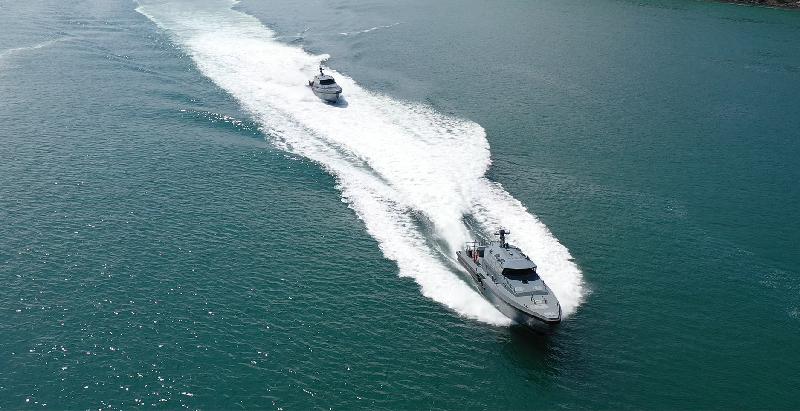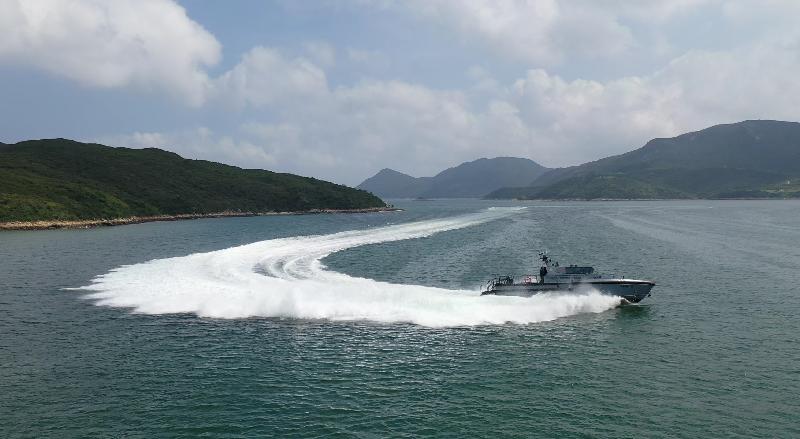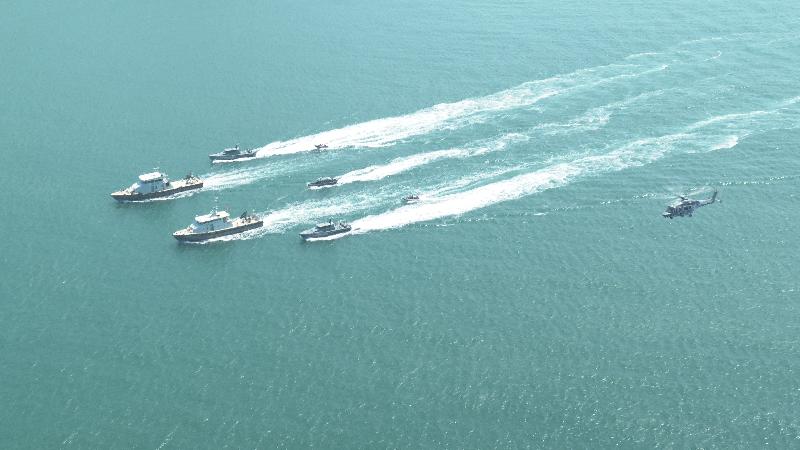Following is the transcript of remarks by the Secretary for Commerce and Economic Development, Mr Edward Yau, at a media session on the launch of a new measure to promote green lifestyle local tours today (December 23):
Reporter: Given the current social atmosphere, even if there's a cash subsidy for some of the tour agencies, do you think these local tours will be able to attract some of the local residents? Because if no one is interested, the agencies won't be able to benefit anyways. The second question is regarding the capacity of the eco-tourism spots. Are they really able to handle this increase in tourist numbers, and there won't be overcrowding and destruction caused to these spots?
Secretary for Commerce and Economic Development: On your first question, I think the whole scheme is designed in response to some of the public suggestions and demands, both from people in the community as well as people in the trade. I think there have been a lot of suggestions. While we are having a trough period in terms of incoming tourists, we do open up opportunities for Hong Kong people spending their time in our precious and most welcoming green spots, including country parks which occupy over 40 per cent of Hong Kong's territory, or specific thematic natural wonders including our Geopark which has got Global Geopark status, or some of the very interesting environmental facilities which remind people that Hong Kong in fact could do much better in terms of waste management and lowering carbon footprint. So these attractions by themselves are something we have been advocating, both in the Environment Bureau's policy perspectives as well as under our tourism blueprint issued years ago. We hope this would also provide timely assistance to the hard-hit tourism trade, where this small token could encourage more travel agents or tourist guides to spend time in organising such activities for the enjoyment of our local community.
As regards the second question, I don't think there's any major capacity problem because taking country parks and Geopark as examples, they in fact have the capacity of handling more people. Currently, each year, I think our country parks received over 12 million people and they are spread into different corners of our territory. With guided tours, perhaps, filling in the information and knowledge gap, and with all the preparation by recognised tourist guides, travellers may have a better understanding of the geological wonders or specific historical and cultural attractions of these green spots. I hope they will provide a quality service to the travellers.
Reporter: Just to clarify the intended target of these, who should be going to these tours, locals or foreign tourists? And then you mentioned the time period from January to June. Do you intend, given the positive feedback, it can become recurrent after the end of the period? Also, do you have the figures on hand on the latest tourist visits at Christmas times? Is there a downturn as compared to similar period year-on-year? Thank you.
Secretary for Commerce and Economic Development: The entire scheme is targeted at local travellers because we have a scheme earlier which covers inbound and outbound tourism already. This is specifically catered for travel agencies in Hong Kong, providing services for Hong Kong residents. One of the requirements for obtaining this $100 support is that the clients will be Hong Kong residents. This is entirely for locals. Of course, we are rolling out this as a supplement to the earlier scheme, helping the industry while also seeking a collaboration with the Environment Bureau on green tourism. We have made available resources, but at the same time we need to consider the capacity issue of the travel agents because not all the 1 700 travel agencies are catering for locals, so we need to make sure that the tourist guides are well equipped and also fully prepared. That's why we intend to roll this out for six months, then we will see how the response would come. Whether this scheme would carry on, expand or be adjusted will depend on circumstances.
As for the tourism figures, I think in the last six months, I would say that November and December are so far the toughest months. I think the November figures have seen the biggest dip, over 50 per cent drop in tourism (visitor arrivals), and the early week of December followed that trend. Of course, whether there will be a rebound because of the Christmas holiday and the festive season is yet to see. We will see how things are going this week or the week after this, but I think we are at quite a tough time. We hope that, with the easing of the tension locally, situation will turn better around the year. Having said that, we need to do more to prepare for the worst. Thank you.
(Please also refer to the Chinese portion of the transcript.)



